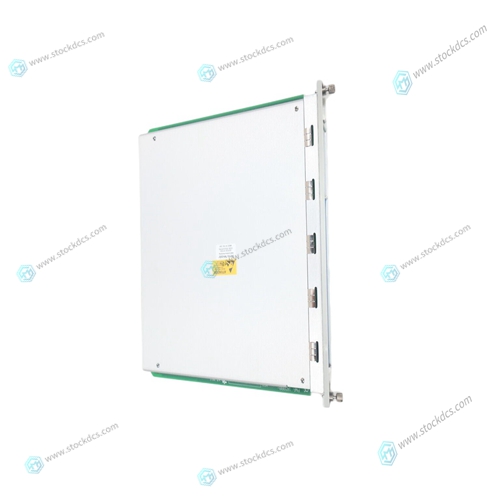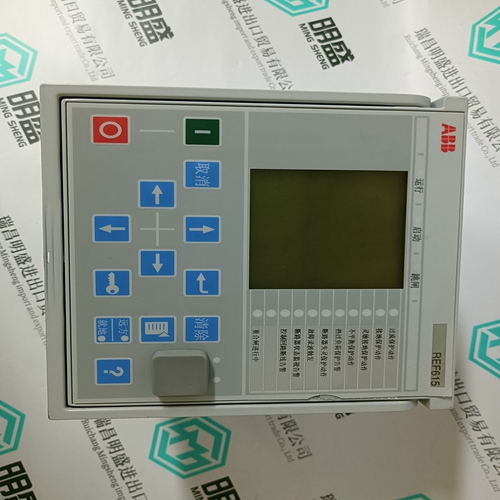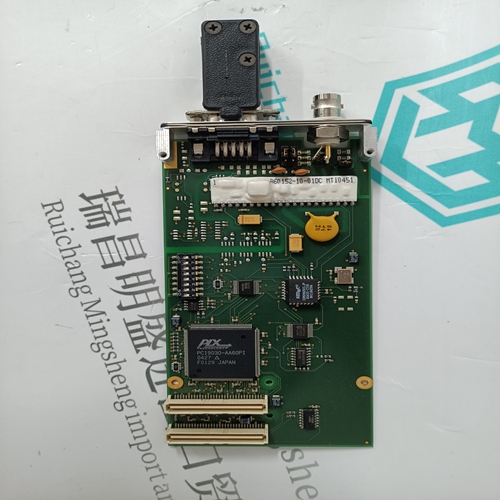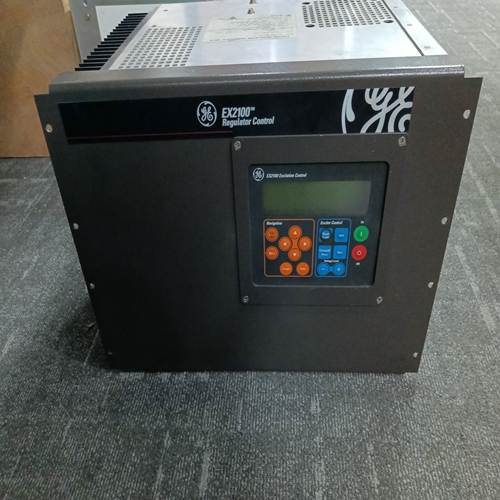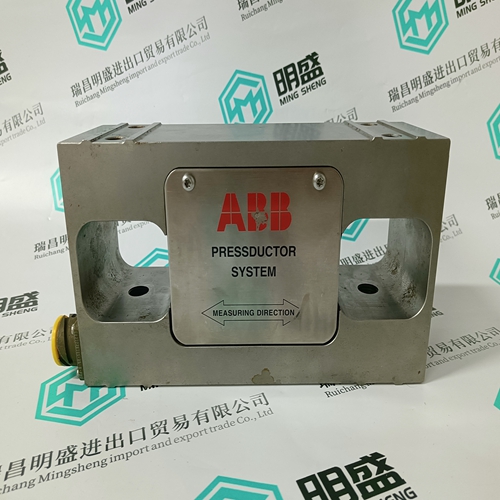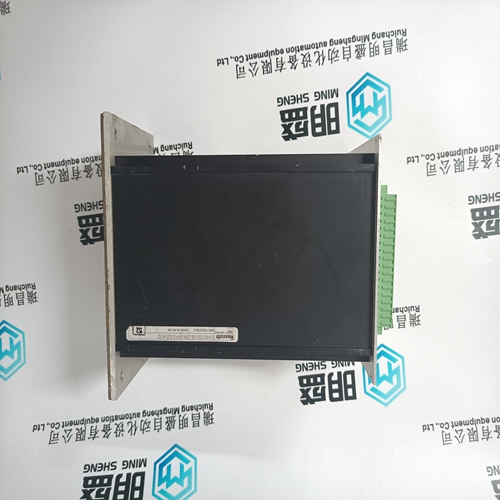Home > Product > PLC programmable module > BENTLY 145988-01 Thermocouple input card
BENTLY 145988-01 Thermocouple input card
- Product ID: 145988-01
- Brand: BENTLY
- Place of origin: The United States
- Goods status: new/used
- Delivery date: stock
- The quality assurance period: 365 days
- Phone/WhatsApp/WeChat:+86 15270269218
- Email:xiamen2018@foxmail.com
- Tags:BENTLY145988-01Thermocouple input card
- Get the latest price:Click to consult
BENTLY 145988-01 Thermocouple input card
When the motor current is commanded sinusoidally above the mechanical systems natural resonant frequency, the load can decouple from the motor and the load will no longer follow the motor. When the commanded frequency is at the mechanical resonant frequency, the load is moving exactly opposite from the command (approx. 180° phase lag) and the movement can become violent. If the load decouples (command frequency > resonant frequency), the mechanical system looks like a motor only system to the drive
Inertia Ratio
In a servo velocity loop total inertia and loop gain determine system bandwidth, when the system jumps from fully loaded (coupled) to unloaded (decoupled) the bandwidth jumps from BW to BW*Inertia ratio. If the inertia ratio is 10:1 and the fully loaded bandwidth is 75 Hz, then the decoupled BW will be 750 Hz. The system will be unstable for any BW more than the drives limit of 400 Hz. We could either reduce the fully loaded BW to 40 Hz by reducing gain, or we could reduce the inertia ratio to 5:1 to resolve the issue of resonance. This method allows the system to ride through the resonance without going unstable because the decoupled bandwidth remains below 400 Hz.
Filtering
There is another method to resolve the issue of resonance. The Anti-Resonance Filters can be used to prevent noise from exciting a resonance frequency. This method works very well if the resonant frequency is much greater than the operating velocity loop bandwidth. You can estimate where to place the filters by measuring the current feedback oscillation frequency using the softscope.





Brand display
ABB、GE/FUANC、FOXBORO、TRICONEX 、BENTLY、A-B、EMERSON 、MOTOROLA、XYVOM、HONEYWELL 、REXROTH、KUKA、NI、DEIF、Yokogawa、WOODWARD、Reliance Electric、SCHNEIDER 、MOOG、PROSOFT、KOLLMORGEN、ICS TRIPLEX、HIMA
This article from the temporal Ming sheng automation equipment co., LTD., reproduced please attach this link: http://www.stockdcs.com/
